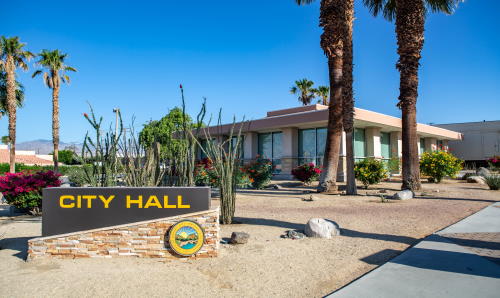About Desert Hot Springs, California
 Desert Hot Springs, also known as DHS, is a city in Riverside County, California. It is located in Coachella Valley and is sometimes referred to as the Desert Empire. Its population was 26,000, according to the 2010 census. The city has undergone rapid development and increased population growth since the 1970s, where there were only 2700 residents at that time.
Desert Hot Springs, also known as DHS, is a city in Riverside County, California. It is located in Coachella Valley and is sometimes referred to as the Desert Empire. Its population was 26,000, according to the 2010 census. The city has undergone rapid development and increased population growth since the 1970s, where there were only 2700 residents at that time.
The City was named for its many natural hot springs. It is one of the several places in the world where there are naturally occurring hot and cold mineral springs. There are more than 20 mineral hot springs in town.
Services we offer in Desert Hot Springs :
E Waste Recycling
Hard disk destruction
Destruction of Products
Kits for Recycling
See other cities in Riverside County
